When it comes to prepping, we often focus on the big, obvious threats. But sometimes, it’s the unexpected scenarios that catch us off guard. Here are 24 TEOTWAWKI situations you might not have considered, but definitely should add to your preparedness plans.
Sudden Sinkhole Formation
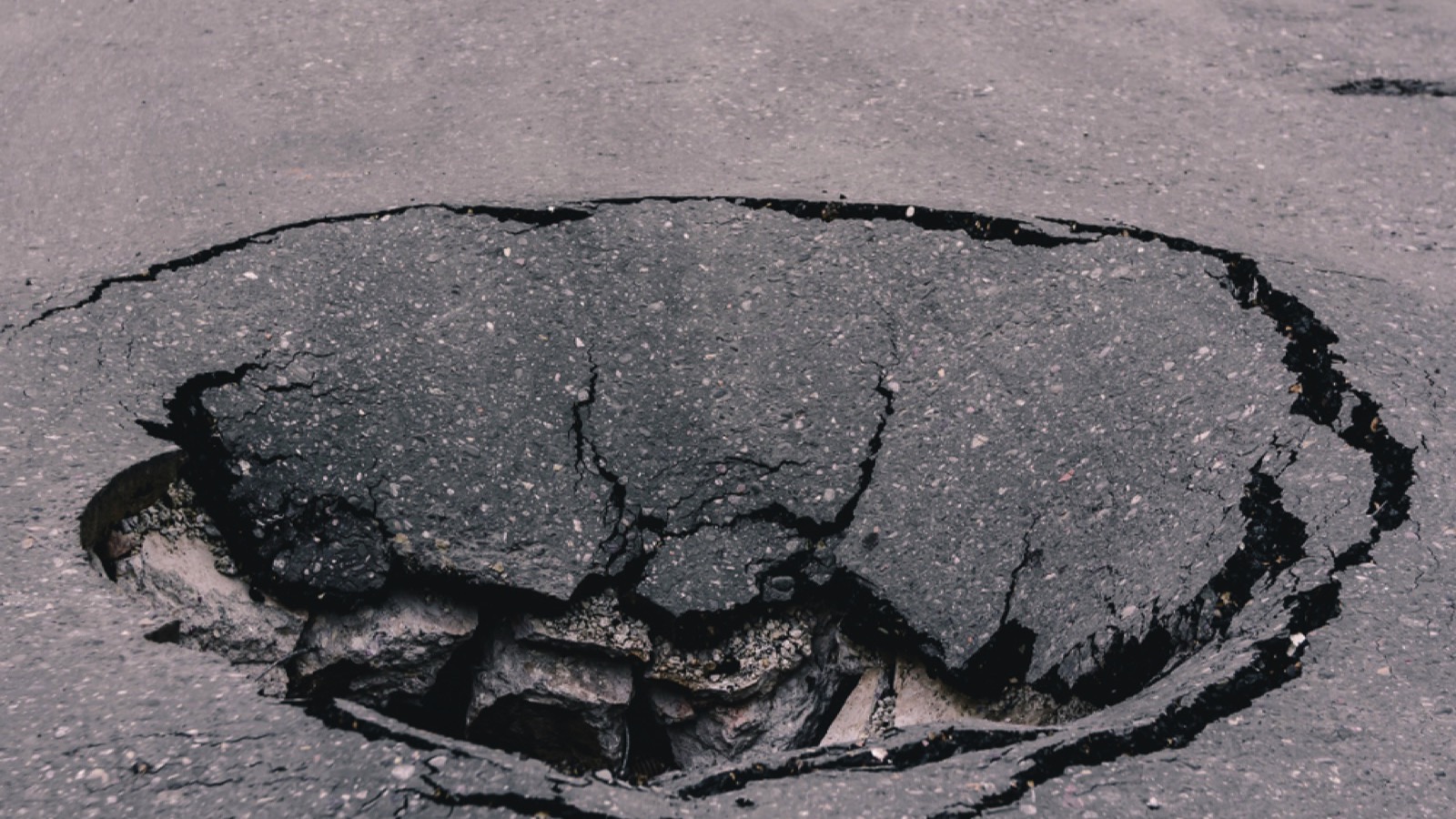
Sinkholes can appear without warning, swallowing homes and infrastructure. They’re most common in areas with limestone bedrock, but can occur anywhere. Learn to spot early warning signs like circular cracks in the ground or sudden drainage issues. Have an emergency evacuation plan ready, and consider sinkhole insurance if you live in a high-risk area.
Weaponized Insects
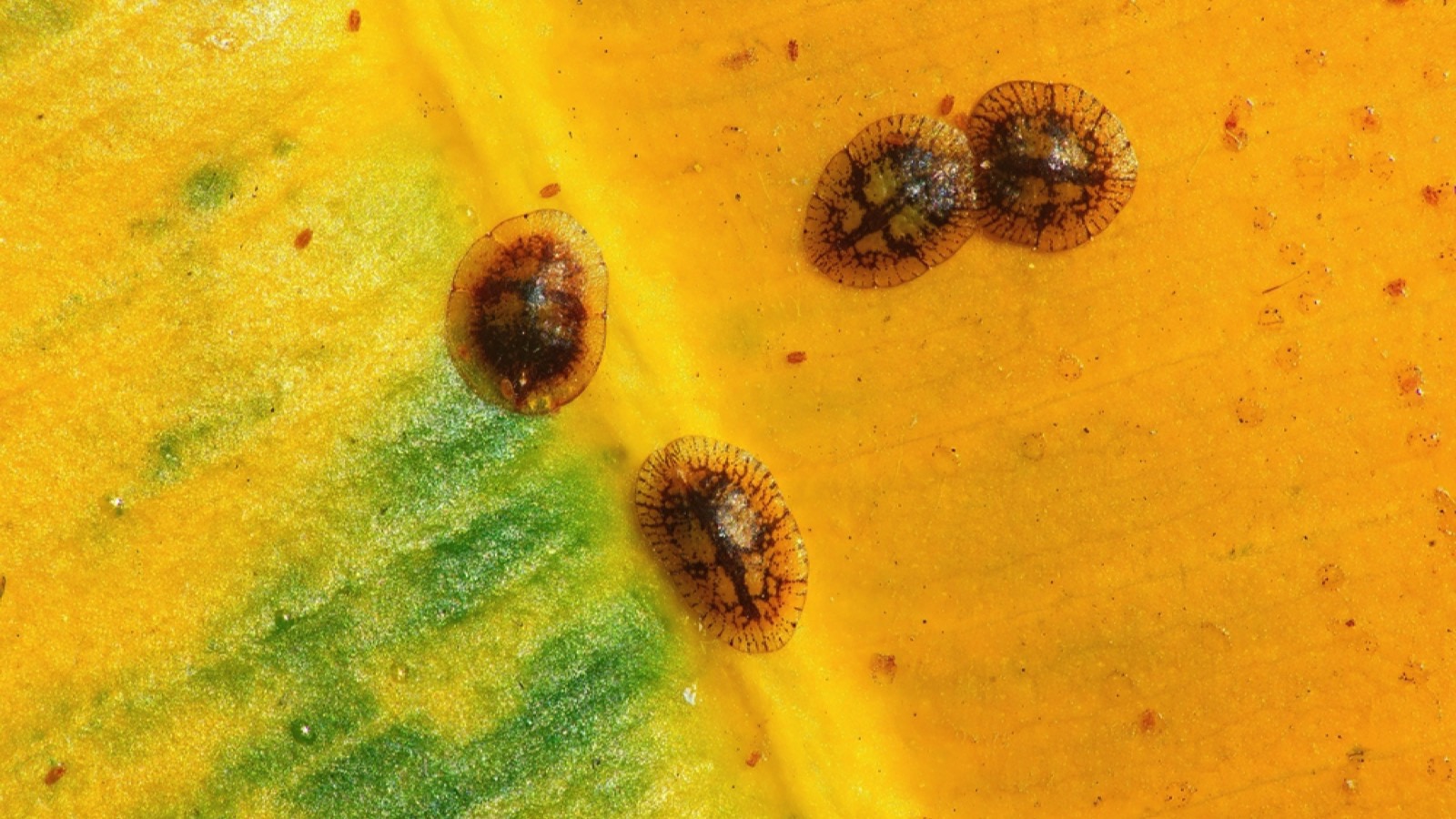
Insects could be used as biological weapons, spreading disease or destroying crops. The idea isn’t new – Japan experimented with plague-infected fleas in World War II. Protect yourself by maintaining strong biosecurity measures, like screens on windows and doors. Learn about local insects and their potential threats. Keep a supply of broad-spectrum insecticides and natural repellents on hand.
Algal Bloom Contamination
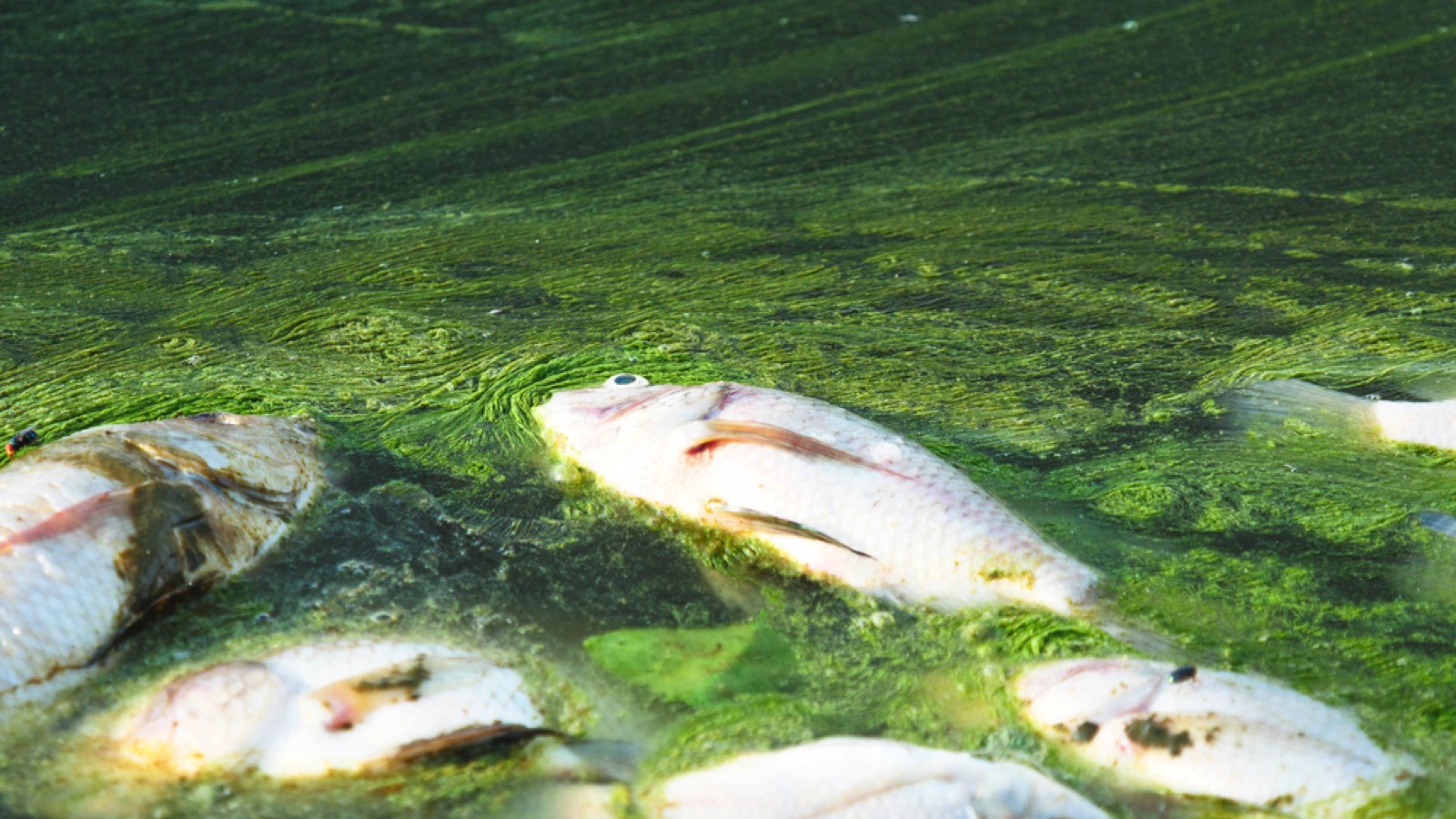
Toxic algal blooms are becoming more common due to climate change and nutrient pollution. They can poison water supplies and make areas uninhabitable. Know how to identify algal blooms in your local water sources. Invest in water filtration systems that can remove algal toxins. Have a plan to access alternative water sources if needed.
Electromagnetic Pulse (EMP) from the Sun
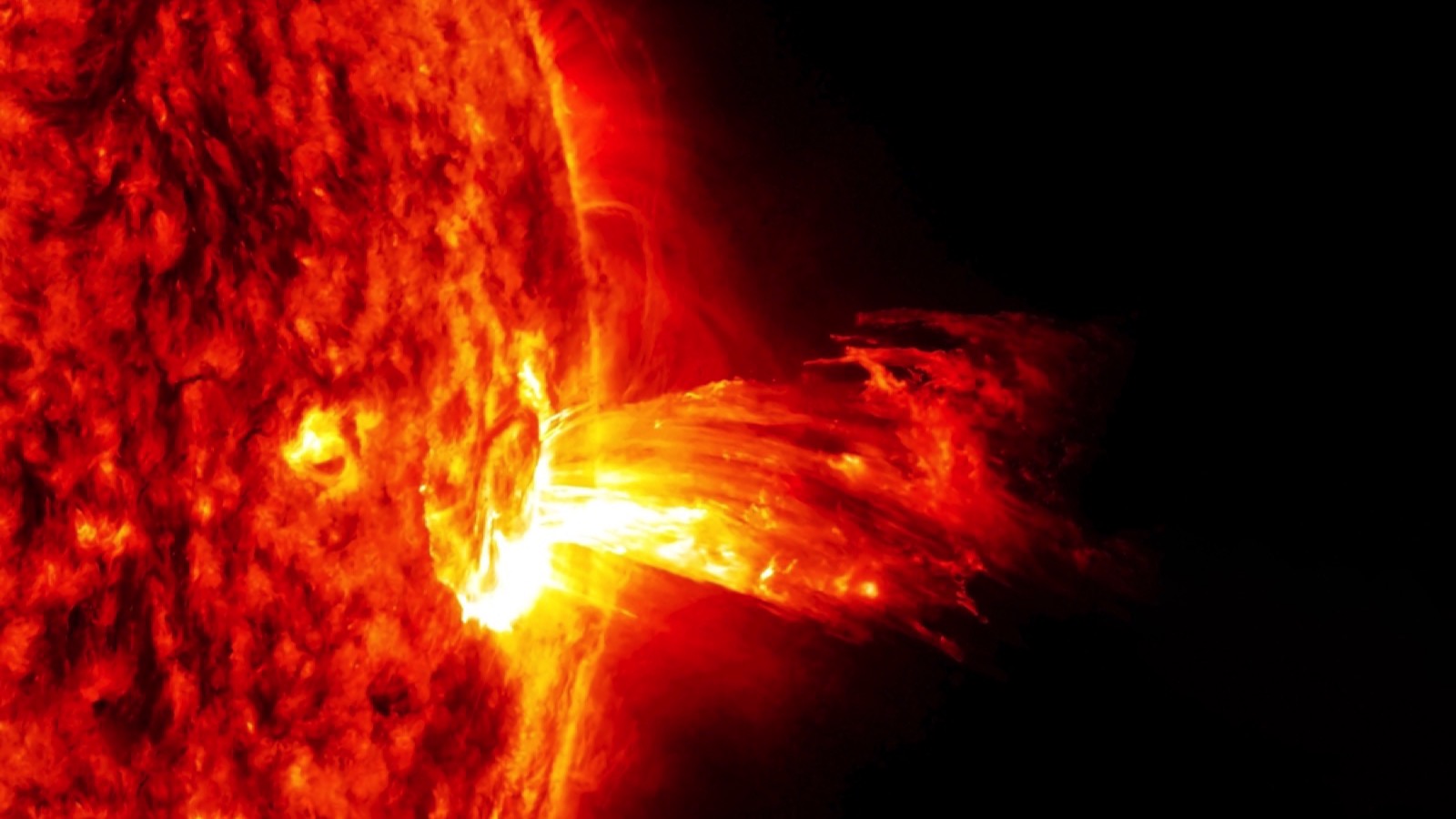
A large solar flare could cause an EMP, frying electronics across wide areas. The last major event, the Carrington Event in 1859, caused telegraph systems to fail. Today, it could be catastrophic. Protect essential electronics in Faraday cages. Learn non-electric alternatives for crucial tasks. Have a plan for communication and transportation without modern technology.
Supervolcano Eruption
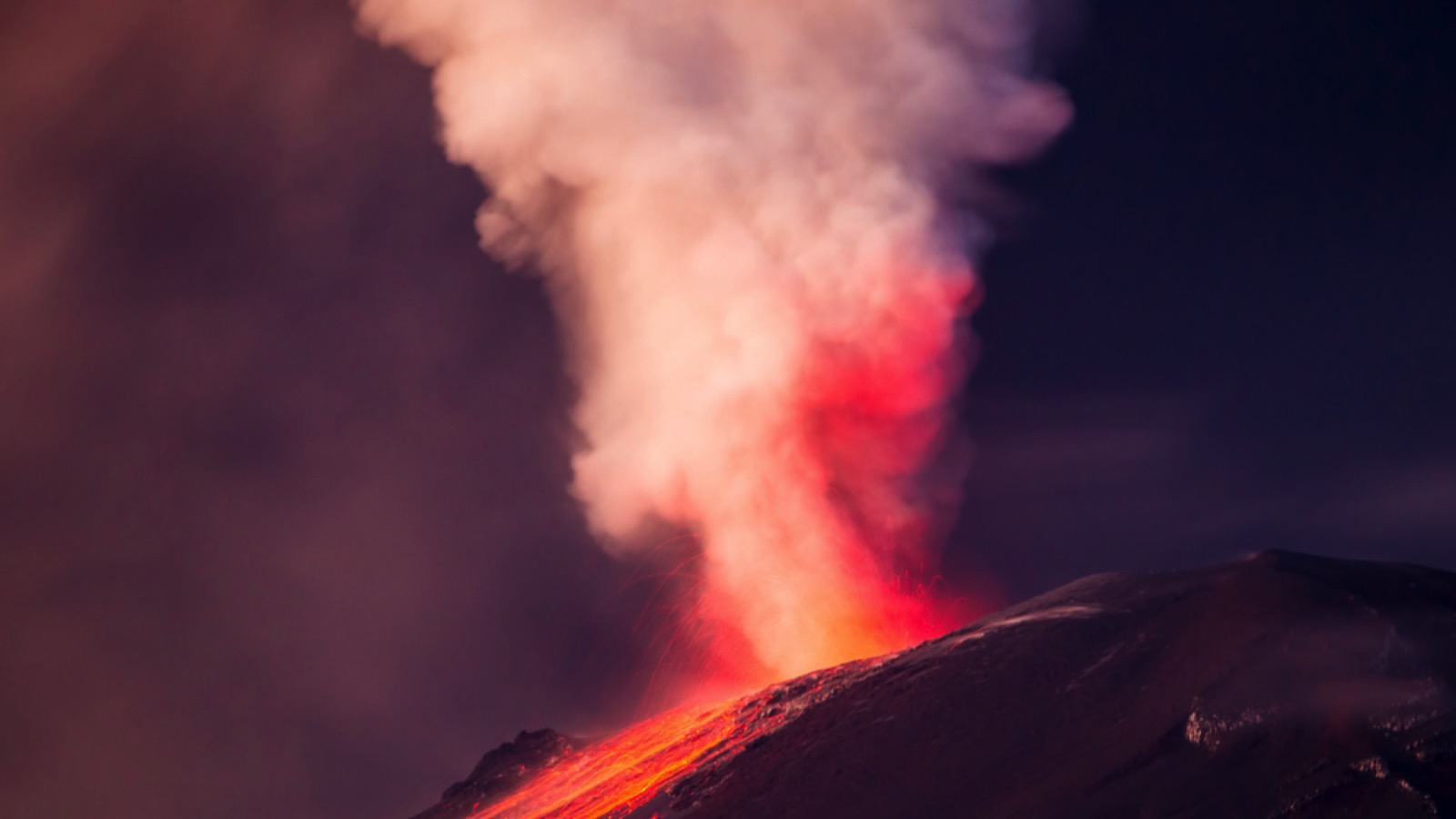
Supervolcanoes like Yellowstone could cause global climate effects if they erupt. The last supervolcano eruption was 26,500 years ago in New Zealand. Prepare for potential ash fall with respirators and goggles. Have a plan for food production in case of years of altered climate. Consider underground shelter options for long-term survival.
Artificial Intelligence Takeover

As AI becomes more advanced, the risk of it surpassing human control grows. Prepare by learning non-digital skills and keeping hard copies of important information. Have offline backups of crucial data. Consider forming local, low-tech support networks. Stay informed about AI developments and potential safeguards.
Global Seed Vault Failure
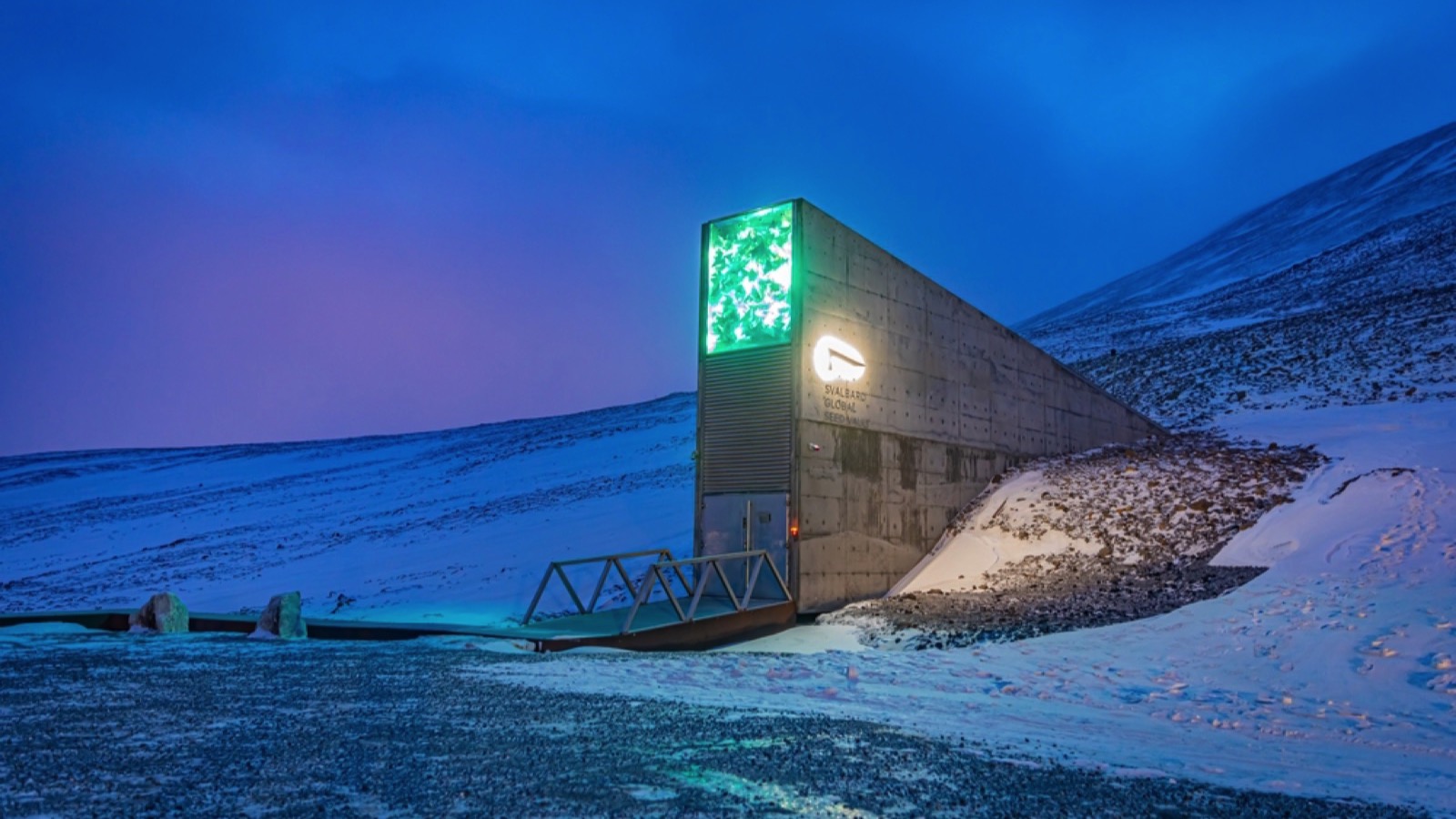
The Svalbard Global Seed Vault, our backup for crop diversity, could fail due to climate change or conflict. Start your own seed bank with heirloom varieties. Learn seed saving techniques for various plants. Network with other seed savers to increase diversity. Consider unconventional food sources like edible insects or algae cultivation.
Yellowstone Earthquake Swarm
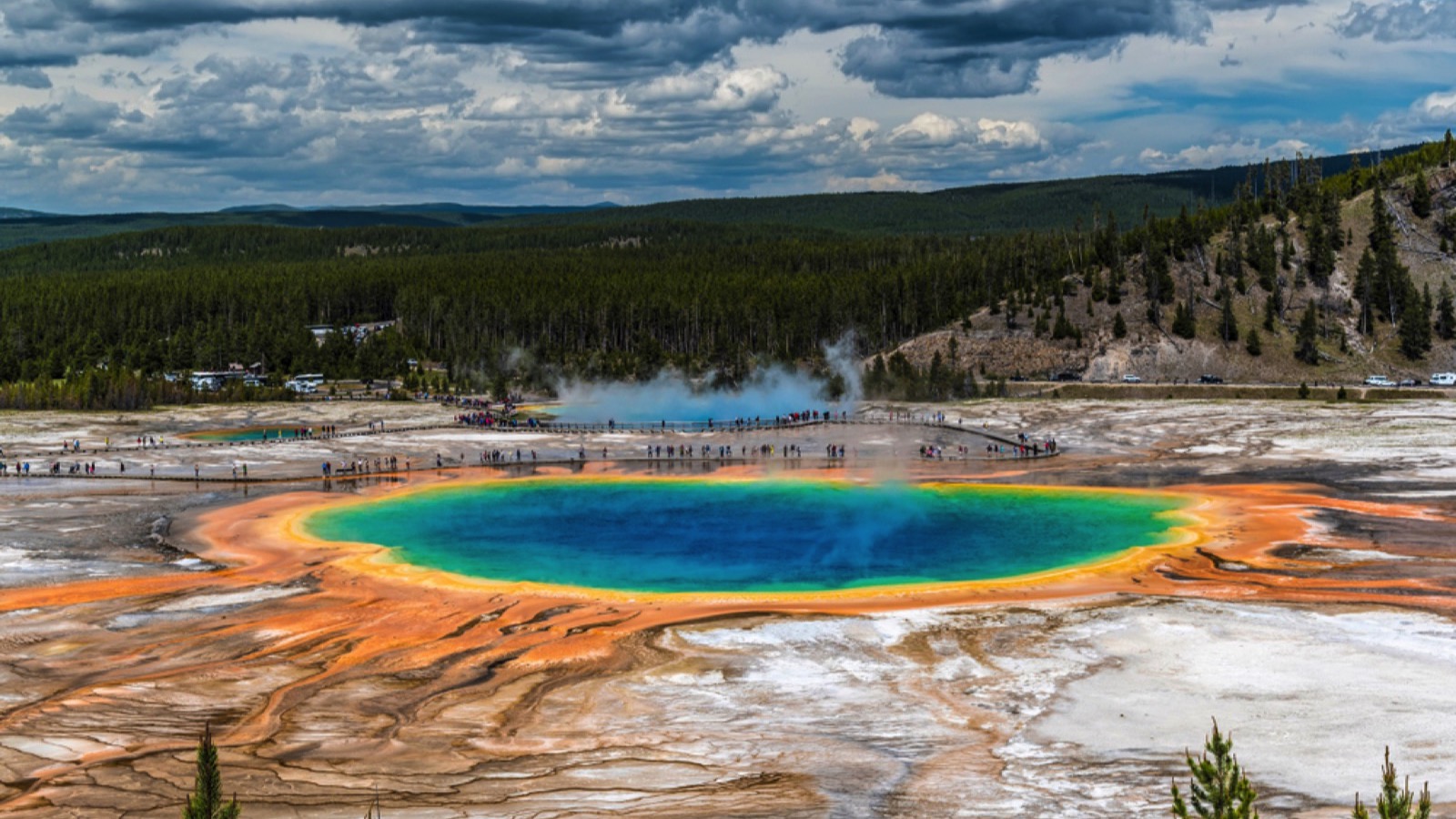
While not as catastrophic as a supervolcano eruption, a major earthquake swarm at Yellowstone could disrupt large parts of the U.S. Prepare for potential disruptions to supply chains and infrastructure. Have a plan for dealing with displaced populations. Consider geothermal activity in your area and how it might be affected.
Global Sand Shortage
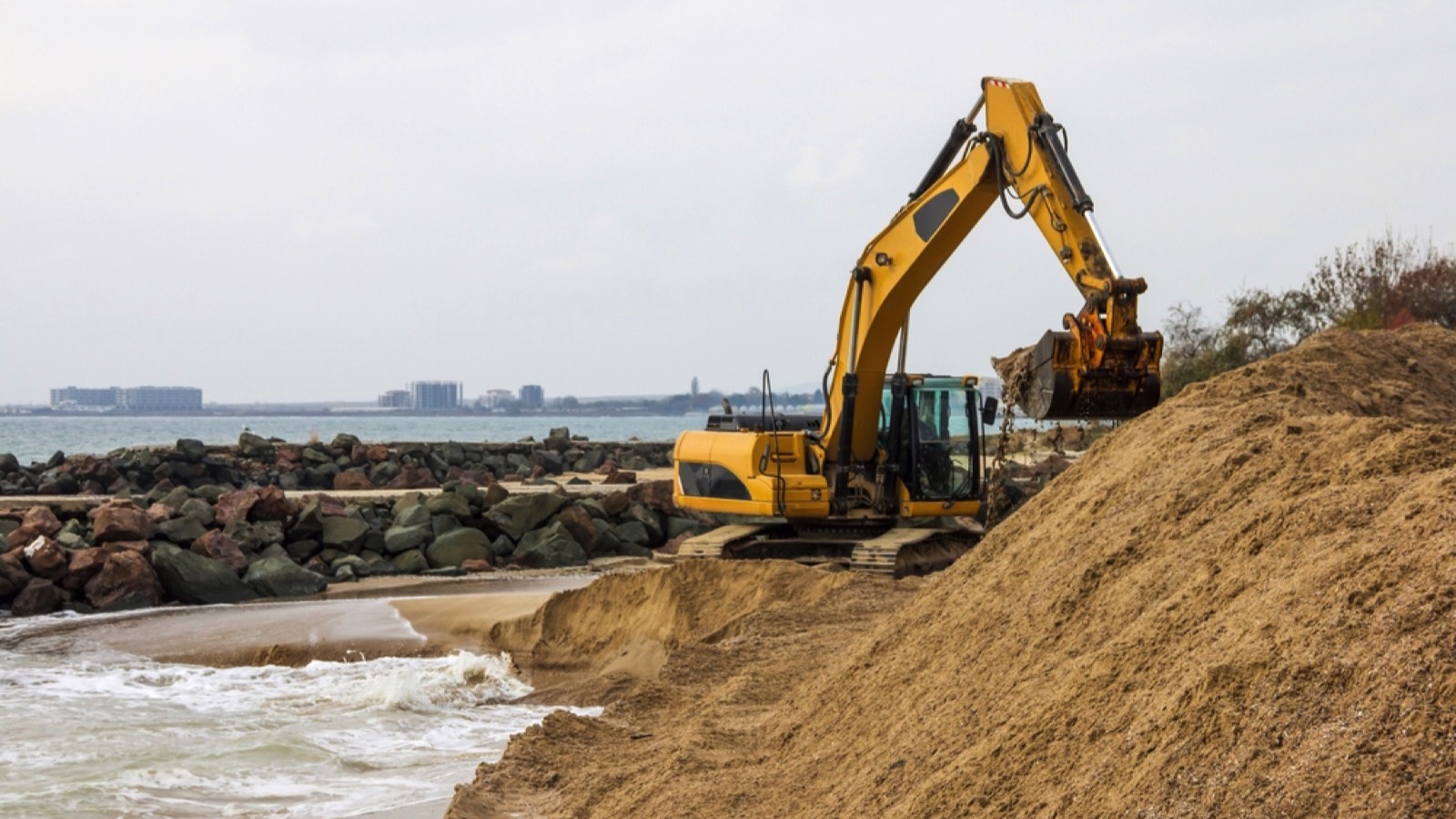
Sand is crucial for construction and electronics, and we’re running out. A shortage could halt construction and tech production. Learn alternative building techniques using local, renewable materials. Prepare for potential economic disruptions in construction-dependent areas. Consider how this might affect water filtration systems that use sand.
Sudden Pole Shift

The Earth’s magnetic poles are known to shift, and it could happen rapidly. This could disrupt navigation systems and expose us to more solar radiation. Learn celestial navigation as a backup. Prepare for potential climate changes. Have radiation detection and protection equipment ready.
Prion Disease Outbreak
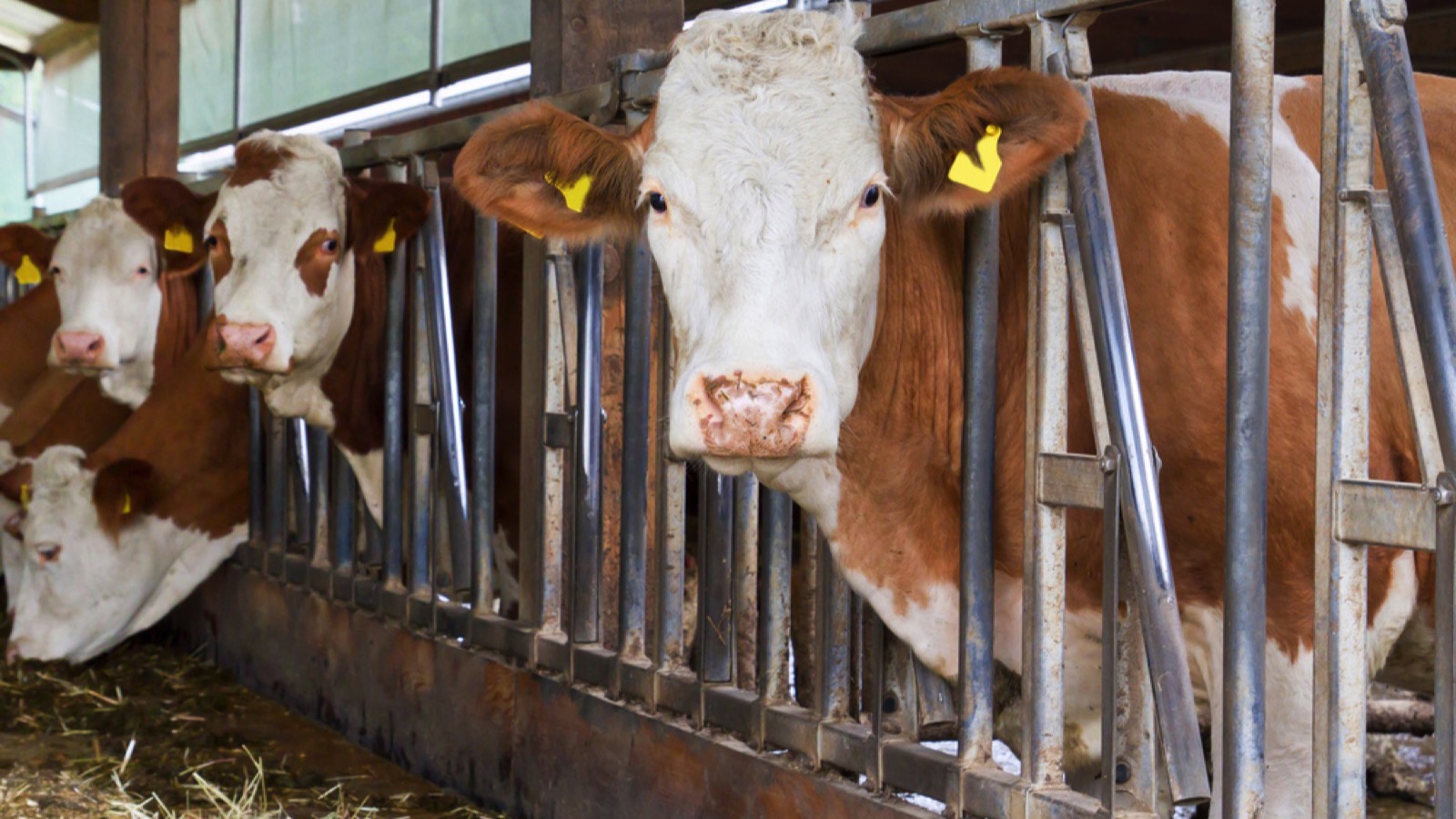
Prion diseases like Mad Cow Disease are rare but fatal and hard to eradicate. They can survive standard sterilization methods. Learn about safe meat handling and sourcing. Consider incorporating more plant-based protein sources in your diet. Have a plan for strict quarantine measures if an outbreak occurs.
Global Oxygen Depletion

Oxygen levels in the atmosphere are slowly declining. While not an immediate threat, long-term depletion could be catastrophic. Learn about oxygen-producing plants and how to cultivate them. Consider oxygen storage and generation methods. Prepare for potential health impacts of lower oxygen levels.
Megatsunami
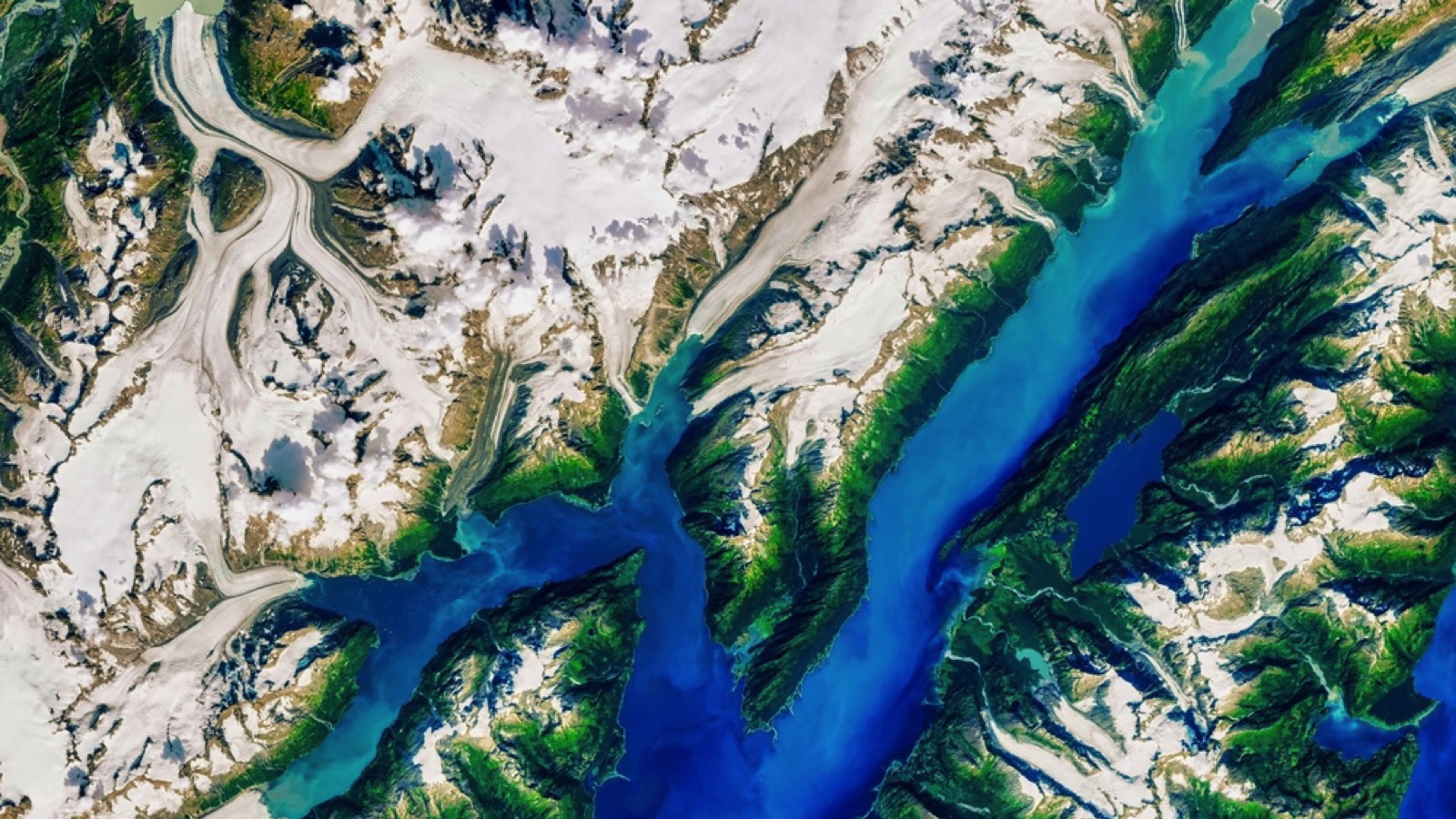
A large landslide, like the potential collapse of part of the Cumbre Vieja volcano, could cause a megatsunami affecting entire ocean basins. If you live in a coastal area, have an inland bug-out location. Learn to recognize tsunami warning signs. Have a plan for quick, high-ground evacuation.
Nanotechnology Gone Wrong

Uncontrolled self-replicating nanobots could theoretically consume all matter, known as the “grey goo” scenario. While unlikely, prepare by learning about air and water filtration at the nanoscale. Have protective gear rated for nanoparticles. Stay informed about nanotech developments and regulations.
Global Fertilizer Shortage
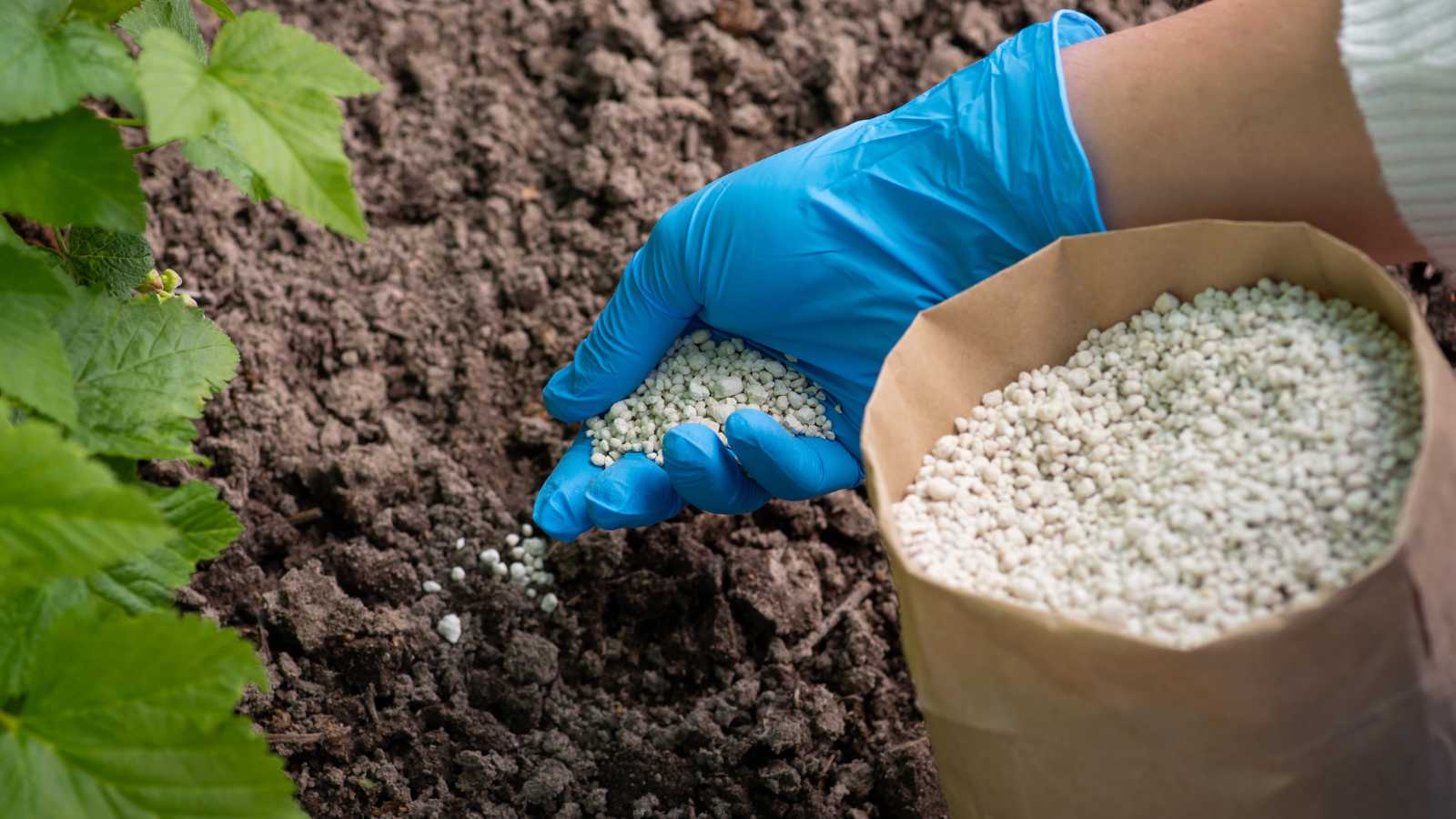
Modern agriculture depends heavily on synthetic fertilizers. A shortage could lead to widespread food insecurity. Learn organic and permaculture farming techniques. Start a compost system and learn about natural soil enrichment. Stockpile heirloom seeds and learn seed saving techniques.
Sudden Desertification
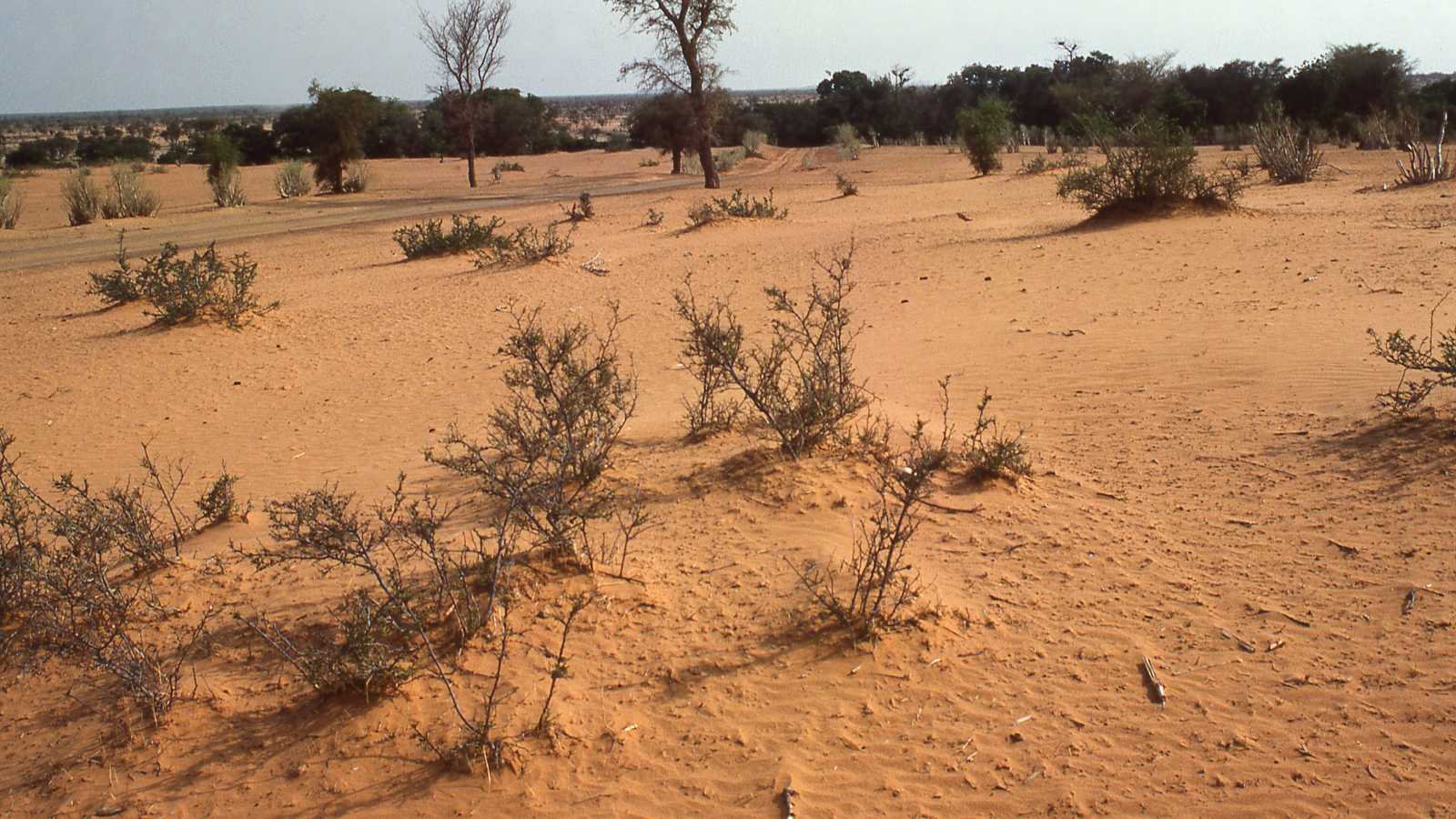
Climate change could cause rapid desertification in some areas. This happened in the Sahara around 5,500 years ago. Learn water conservation and desert farming techniques. Prepare for potential dust storms and their health impacts. Have a plan for migrating if your area becomes uninhabitable.
Space Junk Cascade

A chain reaction of colliding space debris could make satellite operations and space travel impossible. Prepare for potential loss of GPS, weather forecasting, and satellite communications. Learn old-school navigation and weather prediction techniques. Have offline maps and communication methods ready.
Global Plankton Die-Off
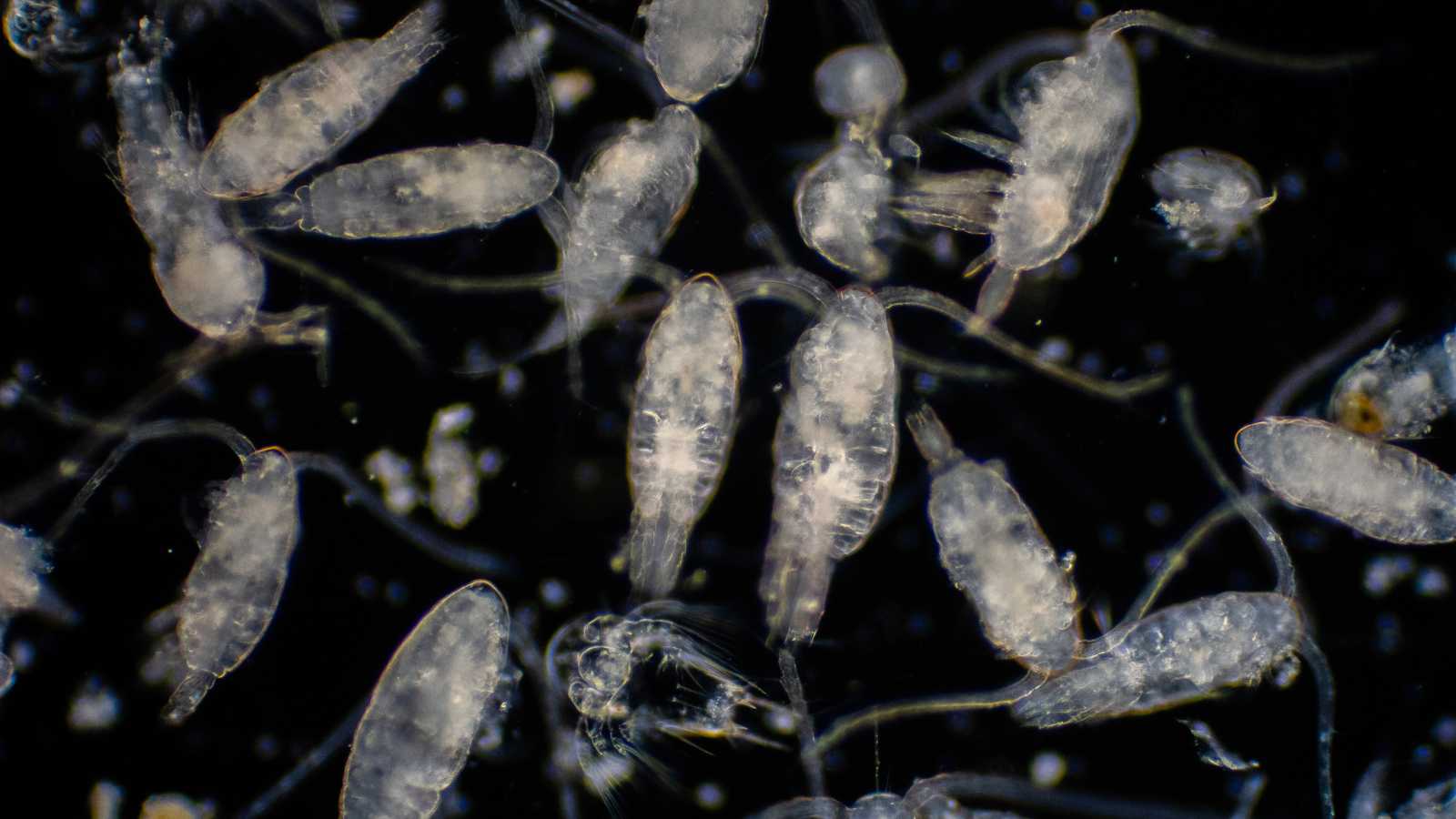
Plankton produce most of Earth’s oxygen and form the base of the ocean food chain. Their decline could be catastrophic. Learn to cultivate algae and other oxygen-producing organisms. Prepare for potential fishery collapses. Have oxygen generation and storage systems as a backup.
Cryptocurrency Collapse

A sudden crash in major cryptocurrencies could destabilize global finances. Prepare by diversifying your assets, including physical commodities like precious metals. Learn bartering skills and have tradable goods on hand. Understand how to operate in a cash-only economy if digital systems fail.
Antimicrobial Resistance Crisis

Overuse of antibiotics is leading to untreatable superbugs. The WHO warns we’re entering a post-antibiotic era. Stock up on natural antimicrobials like garlic, honey, and oregano oil. Learn about herbal medicines and hygiene practices to prevent infections. Consider learning basic surgical skills for a world without antibiotics.
Rapid Glacial Melting
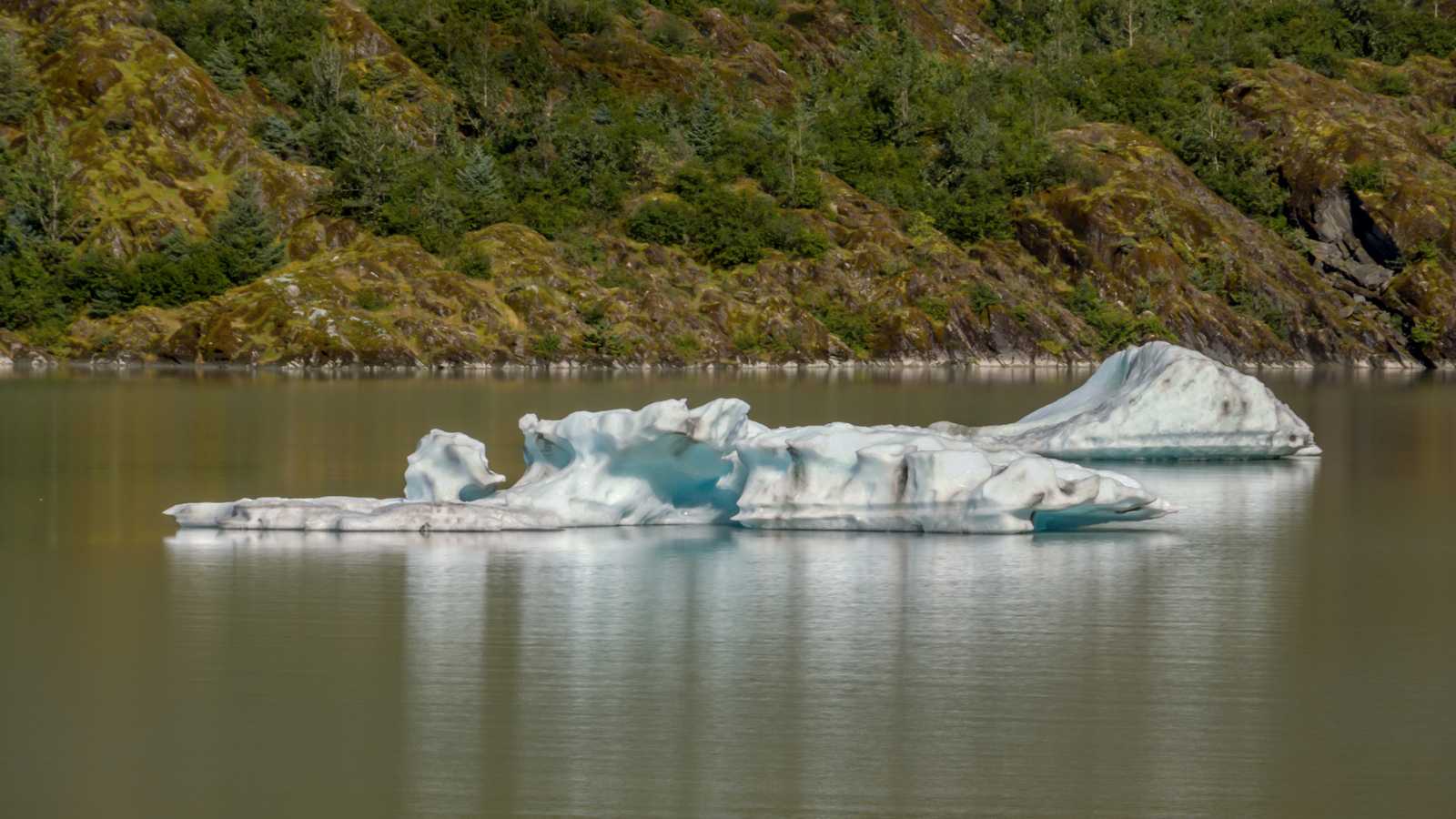
Accelerated glacial melt could cause sudden floods and disrupt water supplies for millions. If you live near glaciers, have an evacuation plan for flash floods. For everyone, prepare for potential freshwater shortages and climate refugees. Learn water purification techniques and rainwater harvesting.
Mass Animal Die-Off
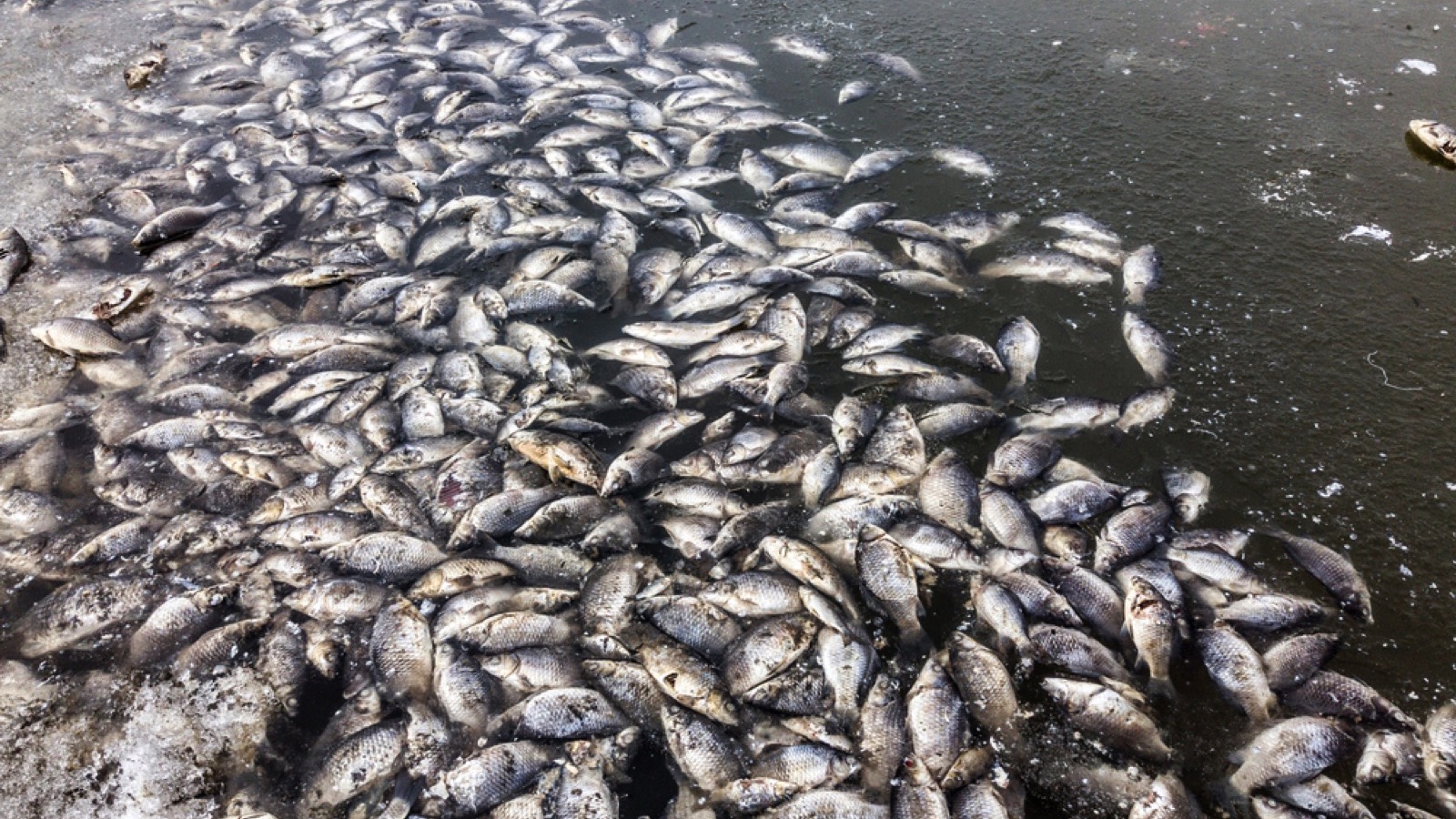
Sudden deaths of large animal populations have occurred, like the saiga antelope die-off in 2015 where 200,000 died in weeks. Prepare for potential ecosystem collapse and food chain disruptions. Learn to identify safe wild edibles in your area. Consider alternative protein sources like insect farming.
Gamma-Ray Burst Hit

A gamma-ray burst from a nearby star could strip Earth’s ozone layer, exposing us to deadly radiation. While rare, the effects would be global. Have a plan for underground or heavily shielded shelter. Stock up on UV protective clothing and gear. Learn about radiation sickness treatment and prevention.
Global Internet Shutdown

A coordinated attack or technical failure could take down the global internet. Prepare offline copies of crucial information. Learn analog skills for tasks you usually do online. Have physical maps and offline navigation tools. Set up local mesh networks for community communication.
Best Hunting Rifles of the Last 50 Years

Choosing the “best” hunting rifle is a pretty personal thing. We all have different opinions and preferences on what we like to hunt with. But still, over the last 50 years, there have been some remarkable weapons. Over the past half-century, the evolution of hunting rifles has seen so many innovations, catering to a wide range of needs from the casual deer hunter to the adventurous big-game enthusiast. What’s your favorite hunting rifle? Which weapons deserve a spot on this list?
- Read More: Best Hunting Rifles of the Last 50 Years
14 Most Versatile Hunting Cartridges

With almost 16 million hunters in the United States, and with such a huge range of game to hunt, the right rifle and the best cartridge is critical. We have some of the most diverse ecosystems on the planet, with animals ranging from tiny squirrels to gigantic moose. The cornerstone of a successful hunt lies in the hunter’s skill and knowledge but also in the choice of ammunition. The right cartridge can make all the difference, offering the power needed for a clean, humane kill without compromising the quality of the game.
- Read More: 14 Most Versatile Hunting Cartridges
38 Things Every Prepper Should Stockpile That Aren’t Water, Food, or Weapons

This list extends beyond the basic survival trio of water, food, and weapons. It’s a given that we need to stock up on water, food, and a way to defend ourselves and what we have. But what other things will you need in a survival situation? None of us truly knows what TEOTWAWKI will really look like, although most of us have theories we think most likely. But whatever the situation is, there are certain supplies that it just makes sense to have on hand, aside from the obvious trio I mentioned above.

